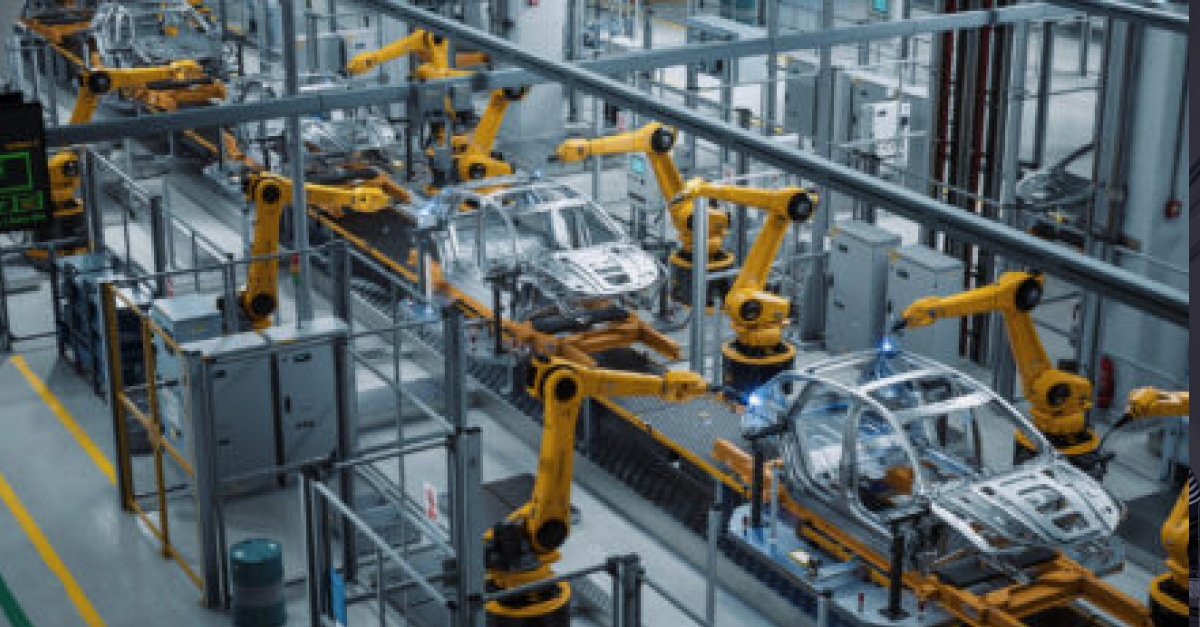Robotics for Mass Production Today
Surface finishing robotics for mass production have been profitably deployed for a few decades. The following factors have contributed to the success of robots in mass-production applications:
- Robotic cells work for several months with minimal changes and process many identical parts. Manufacturers can easily justify budgeting multiple weeks for developing, configuring, testing, and deploying the cell.
- Programming resources can also be easily allocated and justified because of the time available to deploy the robotic cell.
- Robots in the cell repeat the defined pre-programmed motions. Extensive testing can be done to ensure that the cell behaves reliably and delivers the expected quality level.
- High-precision hardware can be amortized over a large number of parts processed by the cell. Custom fixtures can be deployed to hold the part and eliminate the uncertainty.
- Robots are highly repeatable. Once the robot motion is calibrated for the fixtures, the robots continue to deliver consistent quality.
- Robotic cells can be deployed with a minimal amount of external sensors due to the use of custom fixtures. Therefore, sensing uncertainty and reliability does not significantly affect robot performance.
High-Mix Surface Finishing Requires Advanced AI
Robotic cell requirements for high-mix surface finishing applications are different. Part changeover needs to happen in a matter of minutes. Parts of the same type may have significant variabilities due to upstream process variations. Cost considerations cannot justify relying on humans to program robots. Solutions that work well on mass production applications do not work in high-mix applications.
Advanced AI technologies enable robots to program themselves from high-level task descriptions. Advances in sensor capabilities can detect and generate models for parts held in general-purpose fixtures in robotic cells. Combining robots with AI and sensors creates new opportunities for deploying robots in high-mix applications. Here is how robotic cells for high-mix applications are different compared to their mass-production counterparts:
- Sensors are used to identify parts in the cell and build appropriate part models. The sensing function is performed at high speed to ensure that it does not negatively impact the cycle time. This requires AI to find the right balance between sensing time and measurement accuracy.
- Part models constructed using sensors include uncertainties. Using pre-computed paths generated from CAD models may pose collision risks. To ensure collision-free operation, the AI-based planner must account for the model uncertainty when generating robot trajectories.
- Robot motion cannot be executed in a position/velocity control model in the presence of uncertainties. The force-based feedback control loop is often needed to adapt tool motion to provide the desired quality to deal with uncertainties in part models.
- Robots cannot repeat the same motion in high-mix cells. Variability in part geometries, part placement, and model uncertainties force the robot to adapt its motion in every run. This means that we cannot simply conclude that if the robot trajectory works well on one run, then it will do well on the next run. We need AI to ensure safe trajectory adaptation. These models must account for collisions among the robot, part, mounting devices, and all the peripherals (e.g., cables and hoses) mounted on the robot.
- The use of sensors and more complex control methods create the possibility of new failure modes. AI-based prognostics and health management are needed to ensure that the onset of adverse events can be detected, corrective actions can be taken, and service teams can be alerted.
- To handle the part variability, some human operator oversight is needed. Easy-to-use interfaces are required to ensure that shop floor operators can use the system with minimal training.
GrayMatter Robotics has developed smart robotics cells powered by GMR-AI™ and GMR-UI™ to enable autonomous sanding, buffing, polishing, blasting, and coating for various industries. Our solutions can be deployed in existing shop floor environments, and shop floor workers can be trained to use these solutions within a few hours.

